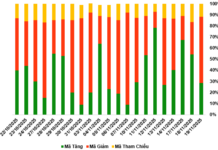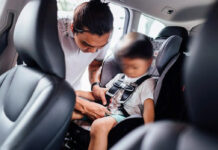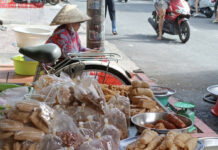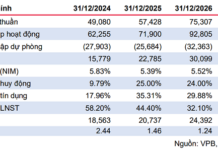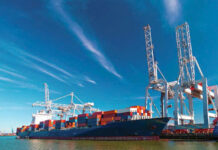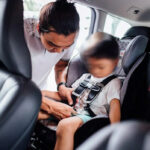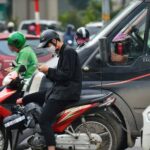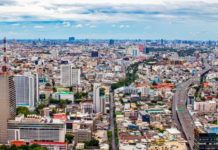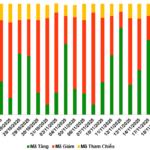Article 6 of Decree 168/2024 on administrative penalties addresses non-compliance with regulations effective from January 1, 2026, mandating that private cars must be equipped with child safety devices when transporting children. The penalties for non-compliance are as follows: A fine ranging from 800,000 to 1,000,000 VND is imposed on drivers transporting children under 10 years old and under 1.35 meters tall in the same row as the driver (except in vehicles with only one row of seats), or for not using appropriate child safety devices as required.
With just over a month until the regulation takes effect, it has garnered significant public attention. However, many are still unclear about what constitutes child safety devices and whether there are specific standards. To address these concerns, on the morning of November 18, a representative from the Traffic Police Department (Ministry of Public Security) stated that the authorities prioritize public safety, and the use of child safety devices is as essential as wearing a helmet.
According to the Traffic Police Department, individuals can use child safety belts, child seats, or child cushions in cars, depending on the child’s condition, family circumstances, and vehicle compatibility. These devices serve a similar purpose to other safety measures in preventing accidents.
“First and foremost, the regulation requiring children under 10 years old and under 1.35 meters tall to use appropriate safety devices aims to protect the health and lives of the drivers’ and parents’ children. This measure is crucial, and relevant authorities have been researching it for some time,” the representative from the Traffic Police Department explained.
Regarding the implementation timeline, the representative noted that recommendations and encouragement for using child seats in cars have been in place for many years, and many drivers have already purchased and used them for their children.
“To align with international traffic laws, such as the Vienna Convention on Road Traffic, and the United Nations’ recommendations on traffic safety, Vietnam has legalized these regulations to protect children and vulnerable groups. These groups cannot protect themselves and rely on parents, adults, and the law,” the representative added.
The authorities have set a timeline for enforcement, with penalties beginning on January 1, 2026. Additionally, standards for child safety seats are outlined in the National Technical Regulation QCVN 123:2024/BGTVT.
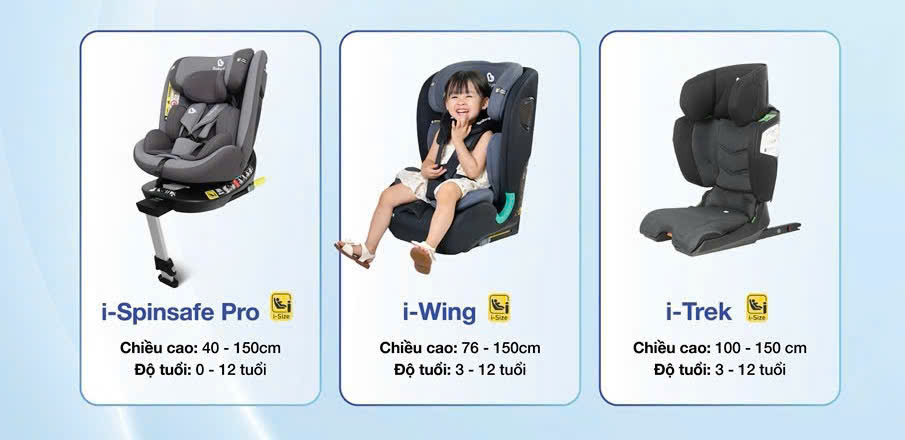
Illustrative image
Why must children under 10 years old and under 1.35 meters tall use child seats and safety devices?
According to the Traffic Police Department, the law prohibits children under 10 years old and under 1.35 meters tall from sitting in the front row and requires the use of safety devices for the following reasons:
First, for children under 1.35 meters tall, using the car’s standard seatbelt does not ensure safety during collisions. At that height, the seatbelt only reaches the child’s head and neck, which is unsafe.
Second, children over 10 years old are more likely to follow instructions from parents or adults. Children under 10, however, tend to be more mischievous and require constant supervision.
Third, numerous international studies have been conducted, and authorities have incorporated these findings into the law, making it highly practical.
Many believe holding a child in one’s lap is safe, but this is not the case. During a collision, the child could be thrown, causing injury. Even sudden braking can propel the child forward, posing a danger.
“Lessons from helmet use, seatbelt compliance, and preventing intoxicated drivers from operating vehicles are well-known. Children, being unable to protect themselves, require responsible adults and legal protection. The public must adhere to traffic laws,” the Traffic Police Department representative emphasized.
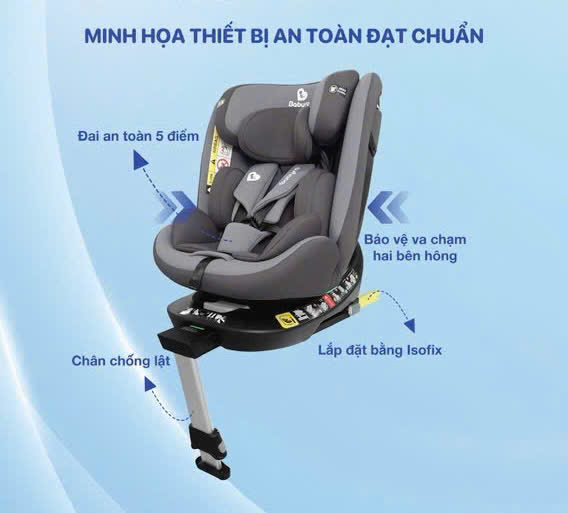
Illustrative image
Standards for Child Safety Devices
Section 2.1, Chapter 2 of the QCVN 123:2024/BGTVT Regulation outlines general requirements for child safety devices as follows:
(1) Child safety devices must be compatible with car installations.
(2) They must have no sharp edges or protruding parts that could damage clothing or car seat upholstery.
(3) Hard components of child safety devices must not have sharp edges that could wear down seatbelts at contact points.
(4) Device components cannot be removed without specialized tools.
Any removable parts designed for maintenance or adjustment must prevent incorrect installation and misuse.
Section 1.3.1, Chapter 1 of the QCVN 123:2024/BGTVT Regulation defines child safety devices as follows:
Child safety devices are designed to secure children in a seated or lying position in a car, reducing injury risk during collisions or sudden deceleration by restricting body movement.
These devices include:
Child Restraint Systems (CRS): A combination of seats, belts, safety locks, adjusters, and accessories like cribs and impact shields, securely installed in the car.
Enhanced Child Restraint Systems (ECRS):
Integral Universal ISOFIX Child Restraint Systems (i-Size);
Integral “Specific Vehicle ISOFIX” Child Restraint Systems.
Is Using Your Mobile Phone at a Red Light a Ticketable Offense?
The Traffic Police Department has clarified that using a phone while stopped at a red light is not subject to penalties. However, they strongly advise against using mobile devices while actively engaged in traffic to ensure safety.

